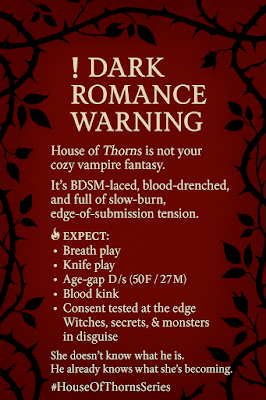#freeread TODAY!!!! Deadly Temptation - Book 1 in The Game Series
#freeread TODAY!!!!
Nov 12-16
https://www.amazon.com/dp/B0DJGL2V89
What happens when a trauma doctor becomes a special ops mission? Will she help? Fall in love? Or lose everything to escape? Emily is a trauma doctor, and a good one - although she has no social life. When she meets Eric, an on leave military guy, she loves that he understands her schedule. As their relationship grows, things get strange. Is it too good to be true? Are there other motives?




 To secure a spot or request a review, email:
To secure a spot or request a review, email:
 Now offering professional author services:
Now offering professional author services: The calendar is officially open for beta and proofreading projects.
The calendar is officially open for beta and proofreading projects. To book your slot or get a quote:
To book your slot or get a quote: 
 Line Editing — $0.03 per word
Line Editing — $0.03 per word Developmental Editing — $0.04 per word
Developmental Editing — $0.04 per word All edits are delivered in Microsoft Word (.docx) with
All edits are delivered in Microsoft Word (.docx) with Track Changes + side comments,
Track Changes + side comments, Scheduling is first come, first served.
Scheduling is first come, first served.
 Beta Reading
Beta Reading Introductory Discounts
Introductory Discounts Clients 1–2 → 50% off
Clients 1–2 → 50% off Clients 3–4 → 30% off
Clients 3–4 → 30% off Clients 5–6 → 20% off
Clients 5–6 → 20% off







 Series Blurb – HOUSE OF THORNS
Series Blurb – HOUSE OF THORNS





